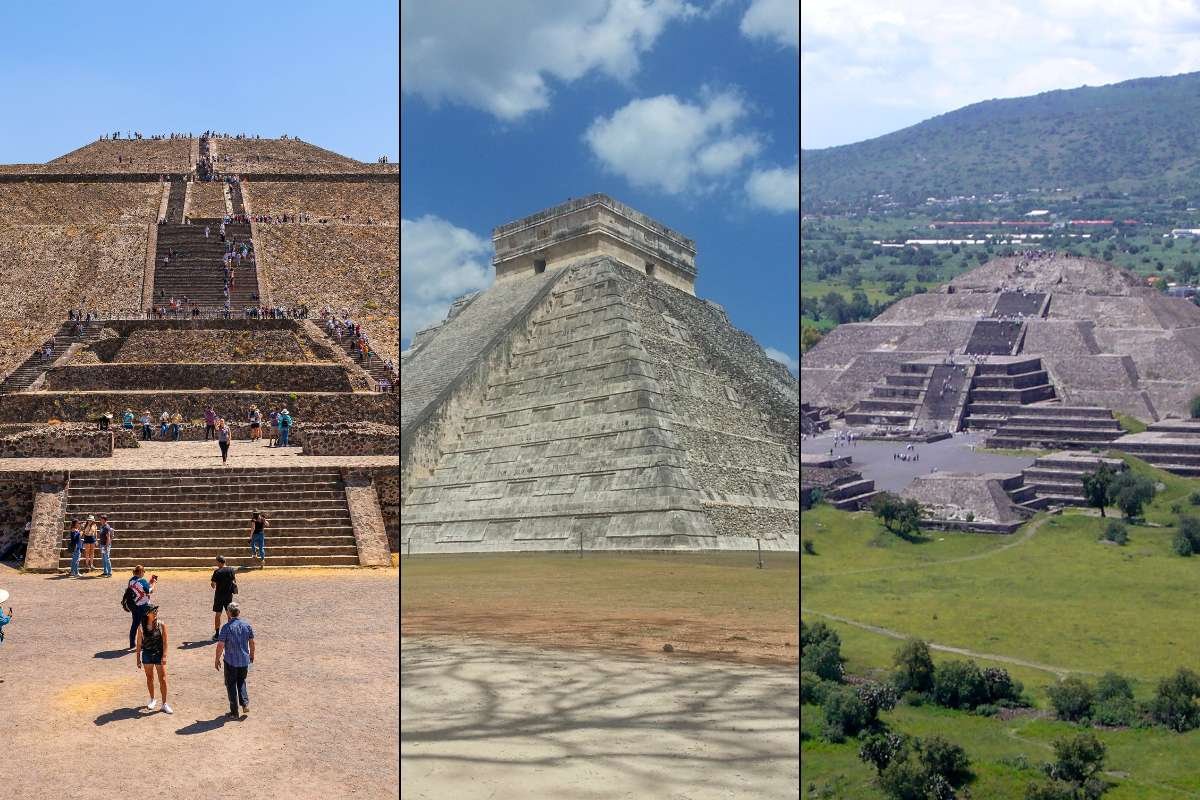A journey across time and space:
A journey across time and space is the title of this book, which reveals the splendor of the Largest desert in Asia NYT.
As you enter the vastness of the Largest desert in Asia nyt, where the sands have been around for centuries, you will hear stories of resiliency and adaptation. As the greatest desert in Asia, this enormous wildness spreads across northern China and southern Mongolia, capturing the hearts of visitors, scientists, and explorers alike. It is also the largest desert in the Indian subcontinent. Within its embrace is a world of wonder, where the majesty of nature meets the curiosity of humans, beckoning exploration and discovery that is waiting to be discovered. Join us as we set off on an adventure through the Gobi, where we will uncover its mysteries and celebrate the enduring beauty of this region.
A tapestry of nature’s artistic creations, with a variety of climates and terrains. It is not the case that the Largest desert in Asia nyt is a monotonous landscape of sand; rather, it shows a rich tapestry of contrasts and intricacies. There are craggy mountains that rise majestically across its vast expanse, with their peaks reaching upwards toward the heavens for support.

Steppes that are rolling and spread as far as the eye can see are ornamented with resilient vegetation and old towns that were inhabited by nomadic people. Furthermore, in the midst of all this, enormous sand dunes undulate like waves that have been frozen in time, their golden hues glistening in the sun of the desert. This diversified topography is the result of a climate that is characterized by extremes, with summers that are so hot that they dry out the dirt and winters that are so cold that they cover the area in snow. Nevertheless, life continues to exist despite these terrible conditions, carving out niches for itself within the brutal embrace of the desert.
1. The triumph of nature over adversity is exemplified by biodiversity and adaptation
It is a monument to the resiliency and flexibility of nature you may find life flourishing in unexpected abundance in the midst of the Gobi mountains. Here, in the middle of the dry environment, a wide variety of plant and animal species have developed clever techniques for surviving.
Shrubs that are able to withstand harsh conditions cling to rocky outcrops, their roots reaching deep into the dry ground in quest of important moisture. There are elusive animals that roam the immense expanse of the desert, such as the swift gazelle and the majestic snow leopard. Their presence is a monument to the resilience of life in a hard environment. Additionally, there are secret oases that are dispersed throughout the desert, and these oases are home to lush vegetation that survives and provides essential nutrition for both wildlife and weary travelers.
2. Learning to Follow in the Footsteps of Time: An Examination of Cultural Heritage and Historical Significance

The Largest desert in Asia nyt, which serves as a crossroads for civilizations, is a testimony to the ebb and flow of human history that has occurred there. When the Silk Road was still in existence, merchants would travel over its historic paths, carrying their caravans with commodities from other regions. Today, the ruins of these old civilizations continue to stand as quiet sentinels, their decaying ruins serving as a tribute to the unyielding spirit of human endeavor.
The historic past of the Gobi is inscribed into its very fabric, serving as a tribute to the resiliency of the human spirit in the face of adversity. This is true from the famous city of Karakorum to the famed oasis of Dunhuang. And despite everything, the habits and rituals of nomadic life continue to flourish, creating a rich tapestry of cultural history that spans the years. These traditions have been passed down from generation to generation.
3. Challenges of the Modern World and Conservation: Striking a Balance Between Progress and Preservation
As human activity continues to encroach onto the fragile ecosystems of the Gobi, the region is confronted with new difficulties in the modern day. There is a risk that the delicate balance of this ancient terrain will be disrupted as a result of rapid urbanization, excessive grazing, and climate change. This will put Native American people and wildlife in peril. Nevertheless, there is a chance for stewardship and conservation hidden here and there among these problems. We are able to ensure that the heritage of the Gobi will be passed down to future generations by making significant efforts to encourage sustainable practices and protect natural areas. By cooperating with one another, we may pave the way toward a future in which the Gobi continues to be a shining example of the natural beauty and cultural wealth of the region, evoking feelings of awe and amazement in all those who come into contact with its majesty.
Participating in the spirit of discovery while engaging in exploration and adventure. The Gobi is a destination that invites the daring traveler with the promise of both journeys of discovery and enlightenment. Each and every nook and cranny of the desert contains the potential for discovery, from the towering dunes of Khongoryn Els to the blazing cliffs of Bayanzag.
It is possible to immerse yourself in the timeless beauty of the Largest desert in Asia nyt by embarking on a camel trek across the wide expanse of the desert. This will allow you to follow in the footsteps of ancient nomads. Experience the rich traditions of nomadic life by interacting with the local people and participating in activities such as traditional music and dance as well as the art of falconry. And when you are in the midst of everything, take time to pause and contemplate the utter magnificence of nature as you look out over the boundless horizon that is spread out in front of you.
4. A Precious Heritage: Protecting the Environment Through Conservation and Preservation of the Environment

We have a responsibility to conserve and maintain the Gobi for the sake of future generations since we are stewards of this largest desert in Asia. It is possible for us to ensure that the natural beauty and cultural richness of the desert will be preserved for centuries to come if we work together to promote environmental conservation and sustainable development. Through collaborative efforts, we have the ability to pave the way toward a future in which the Gobi continues to serve as a symbol of resiliency and adaptation, evoking feelings of awe and amazement in all those who come into contact with its enduring majesty.


















